1
HOME > Tips & Advice >
WHAT DOES IT MEAN TO DRESS YOUR AGE?
Written by Ivan Yaskey in Tips & Advice on the 8th August 2023
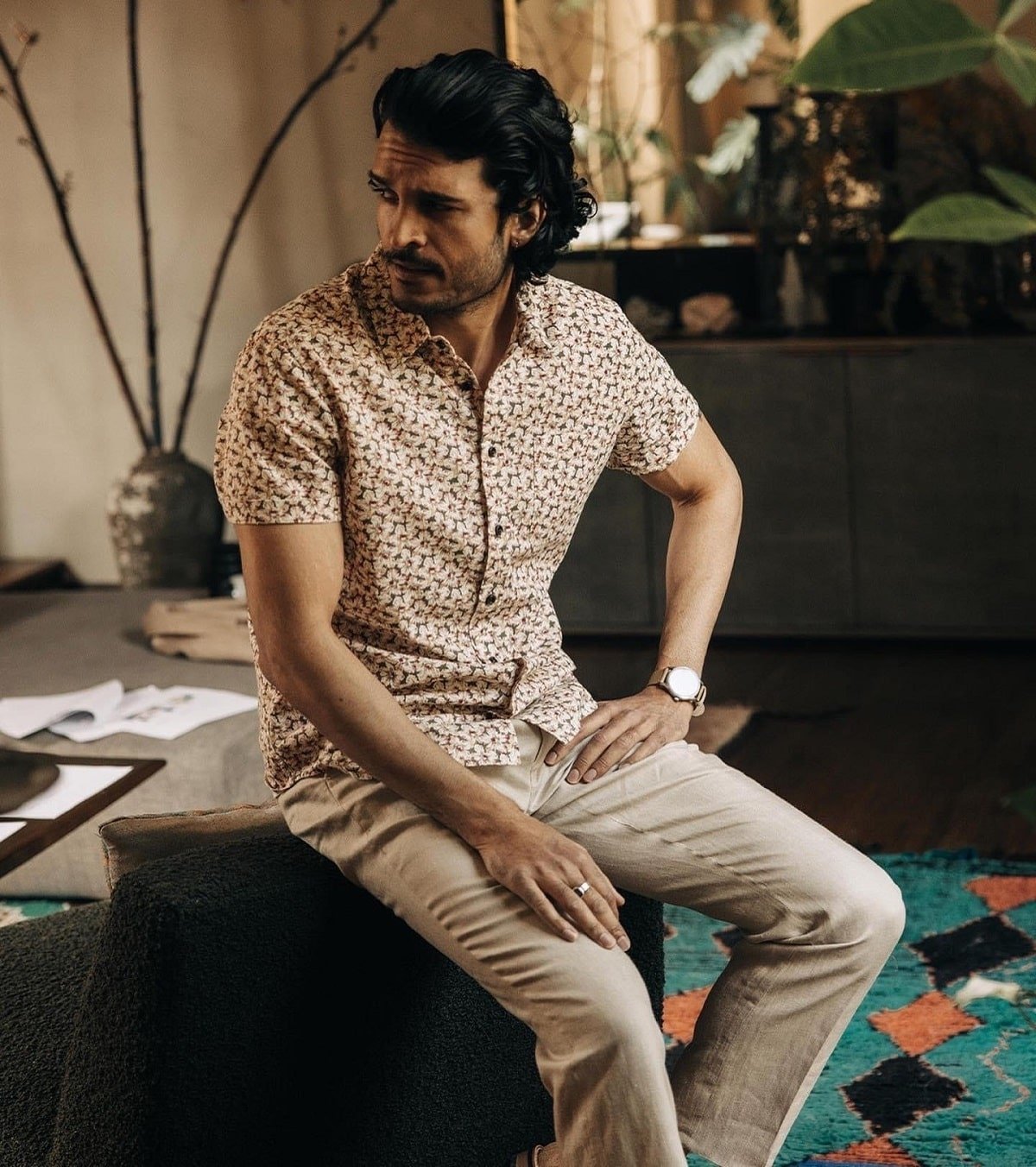
Over in the womenswear world, dressing your age stoops with a sense of shame. You give up your youth – your partying days, your good looks – for modesty. Respect doesn’t always enter the picture: Rather, you’re expected to fade into the background through muted neutral colours, somewhat shapeless pieces, and short hair. As such, we’ve seen revised style advice turn the phrase on its head. Mini skirts and heels at 50? Yes, because you can, and because there are a few pairs still at the back of your closet.
In the menswear world, we don’t always experience that subtle yet pervasive public shame unless we, say, wear leather five-inch-inseam shorts out of the house. In that case, it’s a less of “You’re wearing that at your age?” and more “Why on earth are you wearing that?” Dressing your age, at least as men’s fashion goes, stands upon the impression you make and what it means to appear dignified at various life stages. At the same time, you’re encouraged to think about your budget and investing in what you wear: Trends are for twentysomethings, while your 30s and 40s shift toward a capsule wardrobe you hope lasts you the next couple of decades.

Age and Style
There’s no such thing as being truly ageless. Yes, we all know someone who’s entered his 40s with no wrinkles (yet claims to never use Botox) and hasn’t started developing age spots. Yet, age isn’t just what’s written on your face (or the folds that eventually develop on your chest, neck, and arms) but symbolizes progress. You transition from one stage to the next, one milestone to the other – school to job to marriage, entry-level to manager, and apartment owner to homeowner. Today, these points might be out of order – the apartment-owning married middle-manager in his early 40s, for example – but progress still unfolds at an ungainly, haphazard pace. Social rules and degrees of respect follow these roles and expectations, ultimately shaping and influencing what it means to be dignified. You won’t wear shorts to meet a client, for example, unless you’re both playing tennis or racquetball at the country club. You also have some checklist at the back of your mind about, say, what’s expected of you at a wedding or when you meet your significant other’s parents for the first time. Milestones aside, dressing for your age means evolving with life’s expectations. Maybe you’re too tired to chase trends, or you want something that fits well just for once – no compromises. Here, that entails trousers that don’t require you to suck in, and dress shirts free of fading and puckering. You expect to look good, expect your clothes to go the distance, and don’t have tolerance for garments that can’t keep up. To bring this all together, evaluate your wardrobe at different life, income, and body stages based on the following:

How something fits and how long you intend to wear it: In this direction, twentysomethings can get away with fast-fashion (having a more muscular build without the middle-aged spread also helps), but these garments look awkward once you’re nearing 40.
What maturity means to you: Not everyone has to dress like a New England WASP or the Royals. Yet, know what makes you feel sharp and confident and how to achieve that look and sensation. At the same time, avoid appearing as if you’re dressing up in your father’s threads – whatever age you look and feel should come naturally rather than be forced.
Evaluate your lifestyle: While we don’t recommend succumbing to lifestyle creep, think about how much you want to (or can) spend on clothing, where you tend to find yourself, your hobbies, and your long-term aspirations.
Body changes: We all start to sag, no matter how much weight we lift or how many runs we schedule in. By the time you reach your 40s, you start to notice changes like softer muscles, love handles, and sore joints more prominently. Rather than fit your body to your clothes, know what works for your shape at every life stage.
How you want others to perceive you: Understand how to project authority. Yet, at the same time, you don’t want your clothing, shoes, or grooming to seem behind the times. In turn, assuming a more classic wardrobe as you approach middle age becomes a short cut: It’s trendless, ageless, and oftentimes shows you’re above doggedly trailing trends.
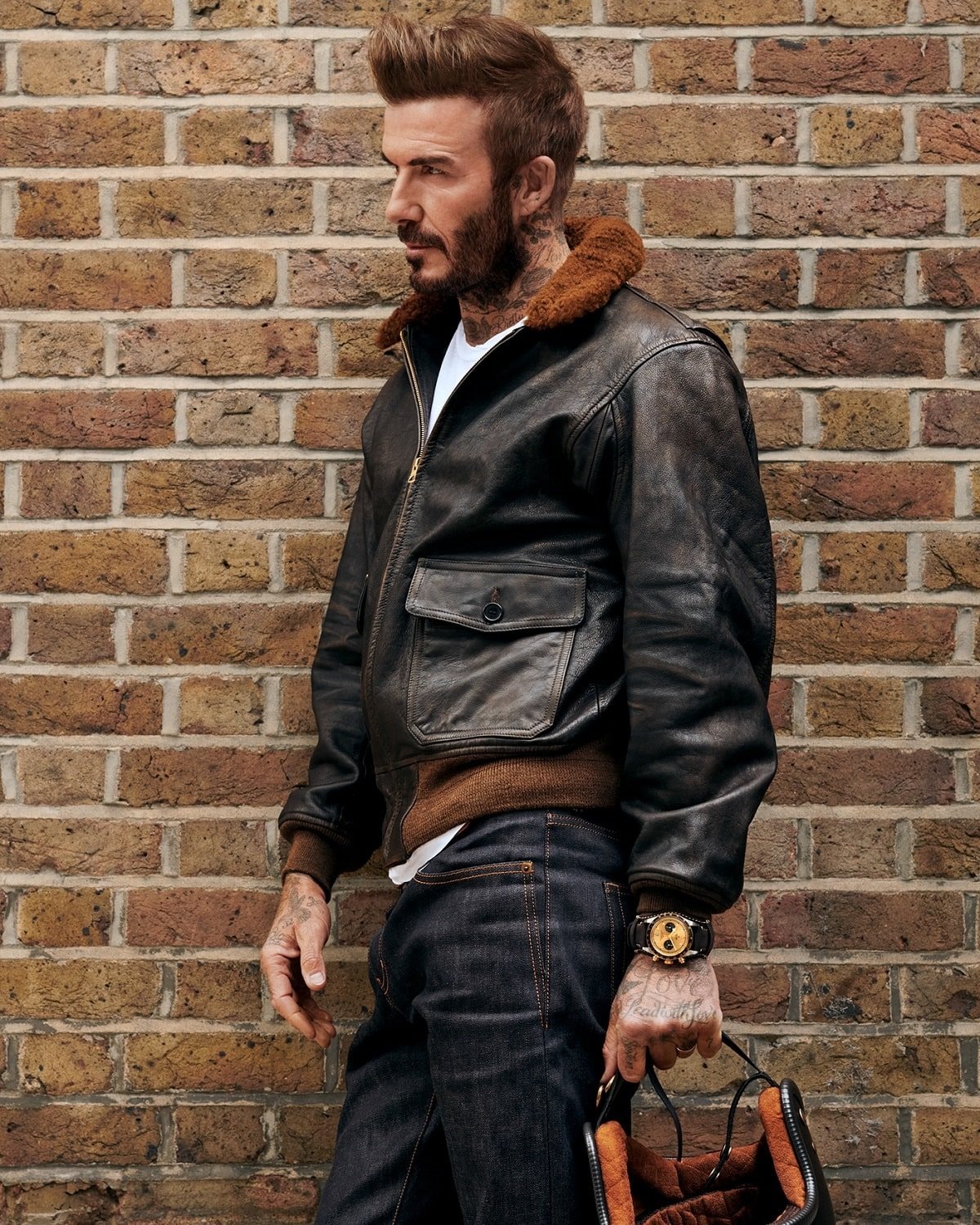
Dressing Tips and Assumptions By Age
Your Late Teens and 20s
You’re starting to understand your style and what resonates with you. You might’ve cycled through a few scenes at this point and now possess a more eclectic wardrobe. The reality is, fashion, more so than style, remains a young man’s game, so own it:
- Chronologically, now’s the time to try out bright colours and patterns that, in a few years, may not be appropriate for the office dress code. Go a step further by pattern clashing, if you have the eye.
- On this note, start dabbling in accessories, be it pocket squares or the ever-expanding world of men’s jewellery. At this stage, dress codes are less likely to confine you.
- Despite what feels like a period of boundless experimentation, start building up some casual basics: Have a few reliable, non-trendy pairs of jeans that’ll last a few years, some solid-colour T-shirts and knits, and a few button-fronts and polos that’ll get you through a wedding with khaki chinos and a navy blazer.
- Start to refine your wardrobe at this stage – know what you like and filter out what could be passing fads.
- You’ll be facing job interviews soon, so prepare (and do the research) for purchasing your first suit – or at least one your parents didn’t pick out for you.
- You’ll also start to understand the importance of tailoring, so start having some of your basics altered.
- While this stage of your life feels somewhat hedonistic, begin to look ahead: Envision where you want to be and ultimately dress for where you see yourself. As an entry-level employee, look at what the managers in your organization wear and emulate that on your own terms.
- Right now, you can eat as much as you want, or your fitness regimen gives you clearly defined results. Embrace it: In terms of age-appropriate dressing, brands make their skinny and slim fits for twentysomethings.
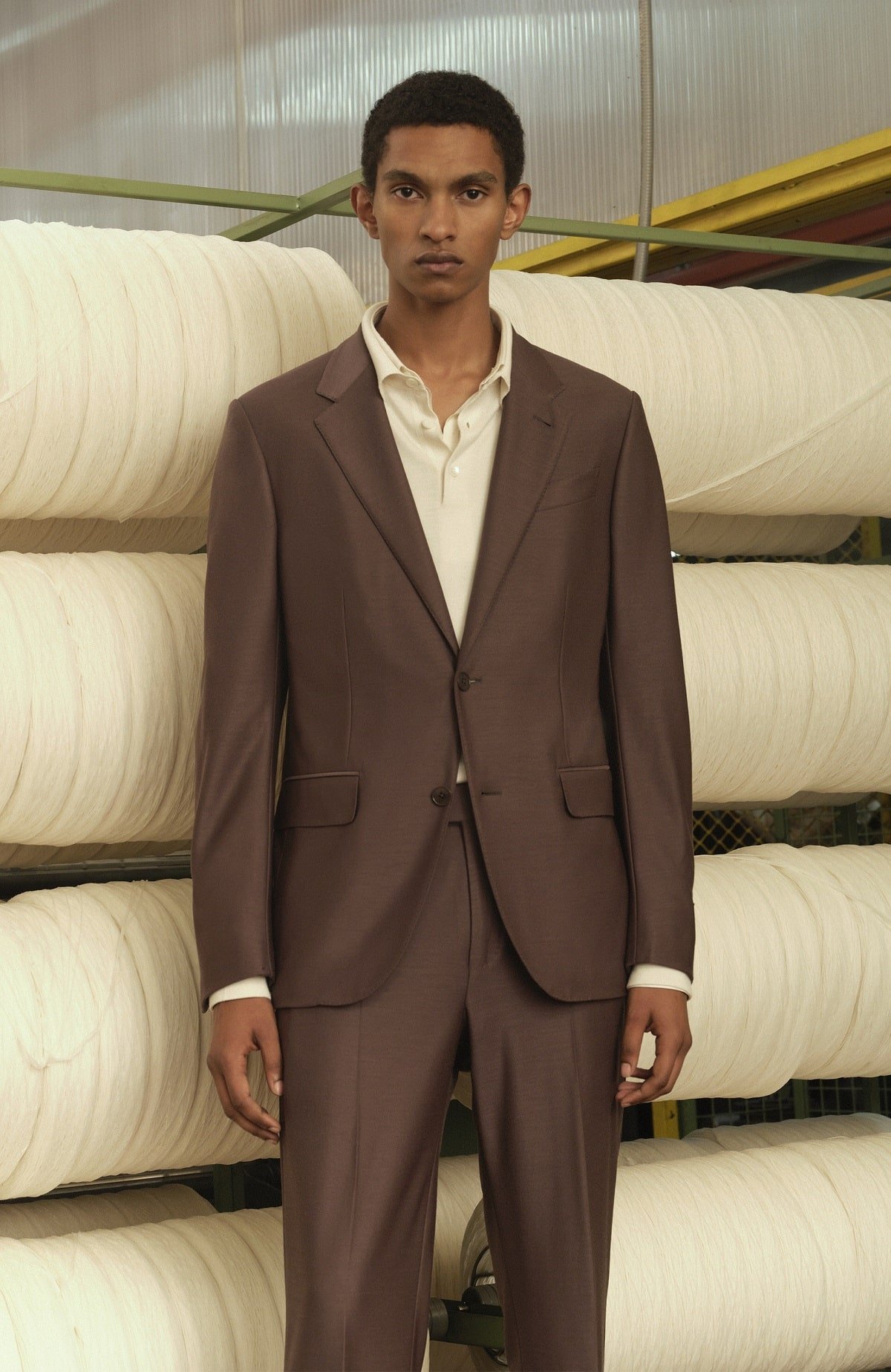
Your 30s and 40s
You’re starting to get established in life. You’ve gone through a few career paths already and maybe hit your stride. You’re thinking about the whole marriage, house, and kids thing, or you’ve already gone ahead and taken the plunge. Dressing for your 30s and 40s can go wrong in multiple directions. One, you continue dressing like you did in your 20s, even as your body significantly changes. Two, you develop a “Why bother?” mentality, especially once aching joints set in, and begin dressing for comfort. Unfortunately, the dad stereotypes are true: Chunky New Balances and stone-washed tapered jeans with an elastic waist, accompanied by a blue button-front, might seem ironic when worn oversized on a 21-year-old fashion model. On someone 41? They not only fit you but start to make you look like your own father in an unassuming every-man-in-the-suburbs way. To avoid this trap:
- Start building your capsule wardrobe out in your 30s, and make it work for you (or at least alter it) into your 40s.
- Focus on well-cut, tailored classic pieces made of higher-quality materials: think wool and heavy-duty cotton over polyester and nylon.
- Divide your wardrobe into casual garments – polos, T-shirts, and button-downs with jeans – and work garments, including at least one suit and several mix-and-match pieces.
- Investing too heavily in trends, no matter how enthusiastic you are about style, can make you appear as if you’re clinging to your youth. Dressing for your 30s and 40s means embracing and owning your present and projecting an image younger men seek to emulate.
- Some say to avoid T-shirts and anything made of cotton knit entirely. However, for balance, look for a more tailored fit, and save these pieces to the weekends.
- Similarly, save sportswear for the gym and athleisure for nights at home, unless you invest in classic, higher-quality garments.
- Invest in or upgrade your suit, thinking about your professional impression and how much you have to spend in terms of material quality and tailoring.
- Avoid falling into the “If I lose 10 more pounds” cycle. Instead, either dress for weight fluctuations or adapt to what your body looks like in the present.
- Also understand that weight starts to shift during this decade: While the pounds on the scale look the same, you might notice softer muscle toward your hips and thighs, or that you’re developing the “middle-age spread.” Realize that garments may start to look tight or strained around your midsection.
- Dressing goes beyond clothing and accessories: You’re encouraged to go grey – or invest in a more natural, not out-of-the-box dye job – and should understand how to style your hair for your face shape.
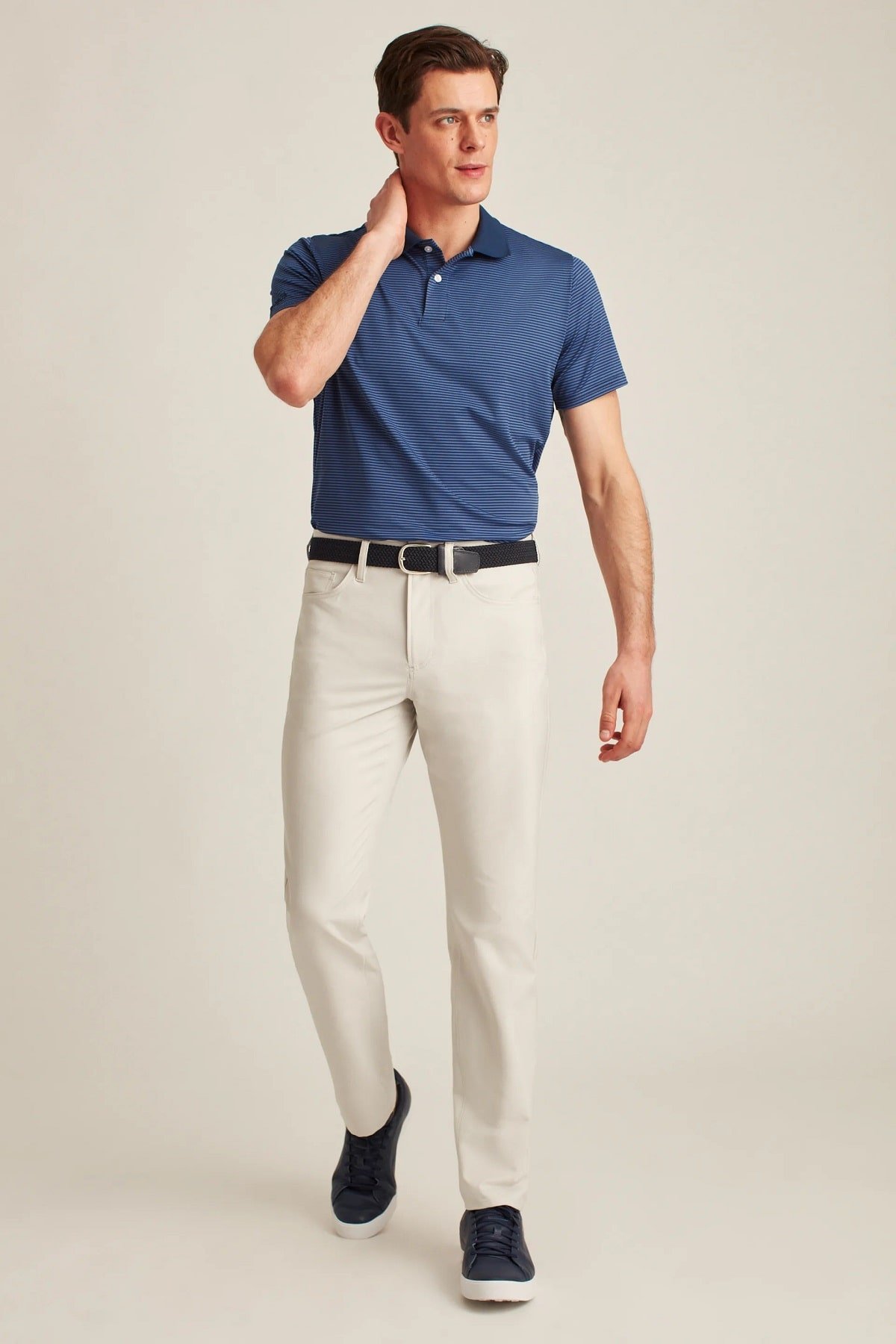
In Your 50s and Beyond
Dressing at this stage overlaps with the refined practicality and controlled dignity of your 40s yet dovetails with what’s best described as late-life experimentation. You don’t care about impressions because you’ve garnered the respect to wear more patterns and brighter colours. It’s a few decades of “Why not?”, with select brands like Claudio Lugli, The Territory Ahead, Patrick James, Peter Millar, and J. Peterman catering to this whimsical, niche demographic. Yet, growing older can mean that you start to dress strictly for comfort – think elastic waists and Velcro trainers. At this stage:
- Embrace creativity over trends – you have both freedom and respect, plus a lifetime of understanding what works for you.
- Beyond patterned shirts, start to revisit accessories again to reestablish your signature style.
- However you choose to dress – solids or patterns – do so with higher-quality materials that keep you comfortable. Think seersucker and linen for breathability.
- Continue to adapt your clothes’ fit to your body’s shape.
- While you’ll want to return to your capsule wardrobe, consider updating anything that strongly reflects a particular era – think baggy ‘90s suits.
- Continue to vary your style: At this point, your choices can reflect your adventurousness or stodginess.
- Treat your glasses as an accessory and know which frames flatter your current face shape.
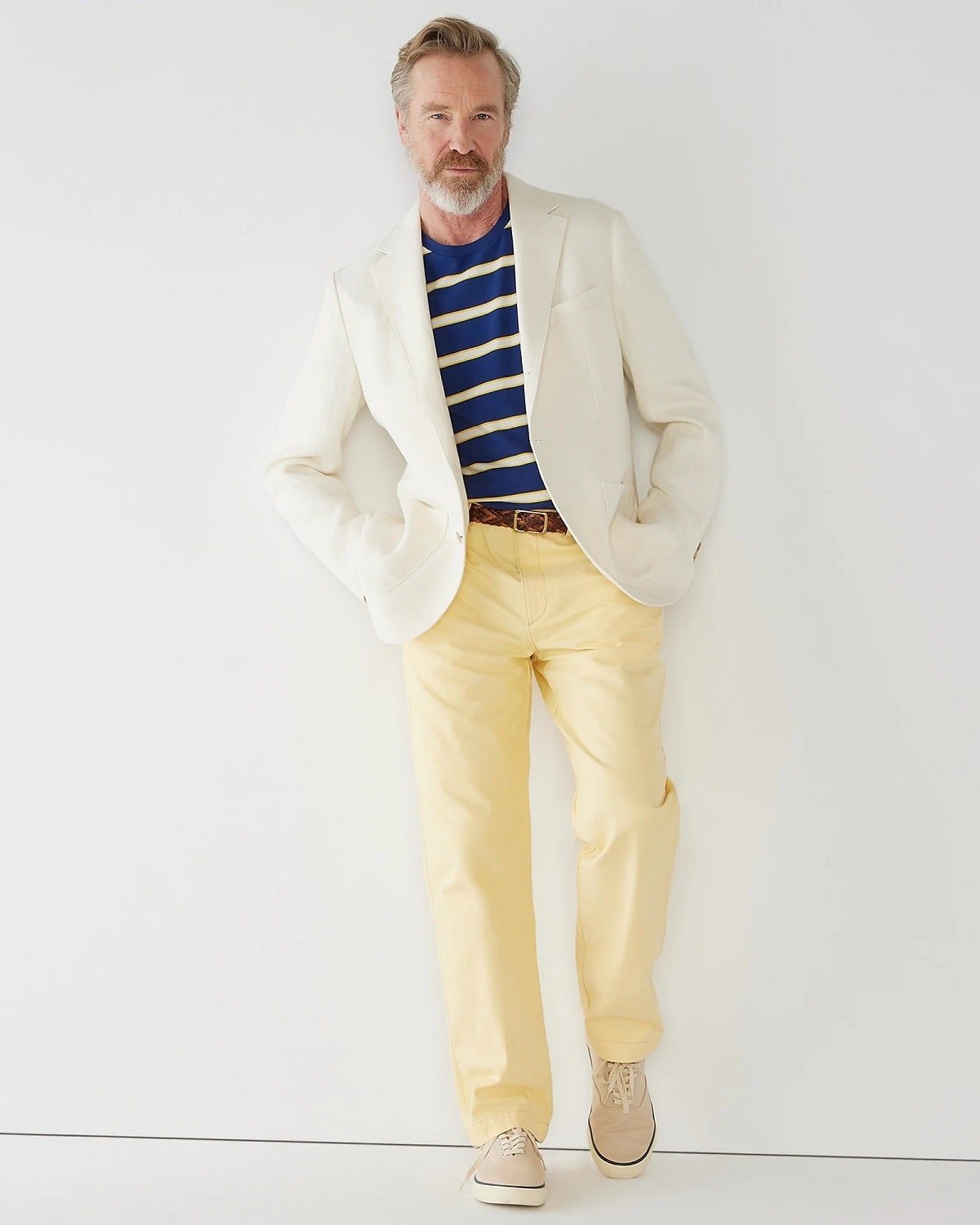

Trending
2
3
4
5
6
7
8
9
10










